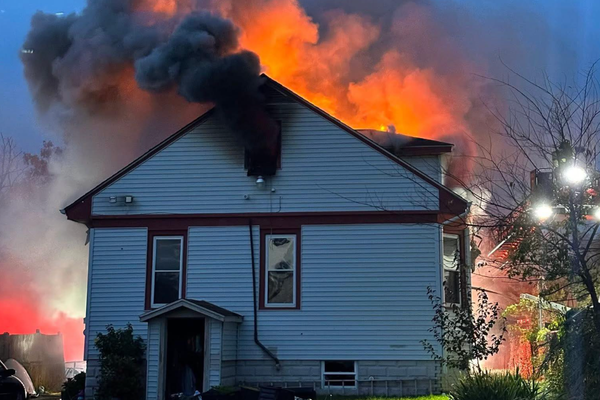
As snakes seek warm, dry shelter during the rainy season, chances of meeting one increase significantly. Knowing which species are venomous is important and might be life-saving information.
What to do during snake encounters
If you meet a snake and are unsure if it is venomous, experts advise remaining calm, maintaining a safe distance, and calling for professional help through the emergency hotline 199.
In case of a snake bite, try to remember the snake's characteristics for medical identification, remain as still as possible and immediately call the emergency medical services at 1669 or contact the nearest hospital.
Here are Thailand's seven venomous snakes:
Monocled cobra

The monocled cobra stands out with its O-shaped hood marking. The young typically have vibrant yellow, brown, grey, or black colouration with distinctive cross-bands, while mature adults develop paler, brownish or olive tones.
This species features black spots beneath its hood and one to two dark cross-bars on its belly.
King cobra

Thailand's king cobra averages 3-4 metres in length with some reaching 5-6 metres. The species has golden-iris round eyes and a large, rounded head.
Regional colour variations can be found throughout Thailand, with black, greyish-green, and brown. The belly ranges from yellow to nearly white, while throat areas show reddish-orange colouration.
Despite their fearsome reputation, king cobras are generally non-aggressive except during mating seasons or when guarding eggs.
Banded krait

The banded krait displays black and yellow cross-bands encircling its triangular body. Its black eyes contrast with distinctive yellow arrowhead markings on an otherwise black head.
Generally shy and non-aggressive during daylight hours, banded kraits become more active after dark.
Malayan krait

Also known as the blue krait, the Malayan krait features black and white bands, with the first cross-band connecting to the dark head.
Some specimens display black-flecked white scales, while others show pale yellowish-white bands alternating with black.
These ground-dwelling serpents prefer areas near water sources with high humidity levels.
White-lipped pit viper

The white-lipped pit viper is bright yellowish-green, with some showing bluish-green hues. The body has a triangular head and noticeably thicker torso compared to the neck region.
Known for aggressive temperament, these vipers strike readily when disturbed. They live in wood piles, plant pots and grass clumps, hunting at night both in trees and on ground level.
Malayan pit viper

The Malayan pit viper has a reddish-brown or greyish-brown body with dark brown triangular patterns bordered in white running along both sides.
Active during twilight and night hours, particularly in high humidity conditions following rainfall, these vipers inhabit sandy areas with leaf litter and wood debris for camouflage.
Eastern Russell's viper

The Eastern Russell's viper, also known as the Siamese Russell's viper, is greyish-brown with small spots between larger spot rows.
The triangular head bears black arrow-like markings, while small, ridged scales cover the body. Long fangs deliver strong toxins.







